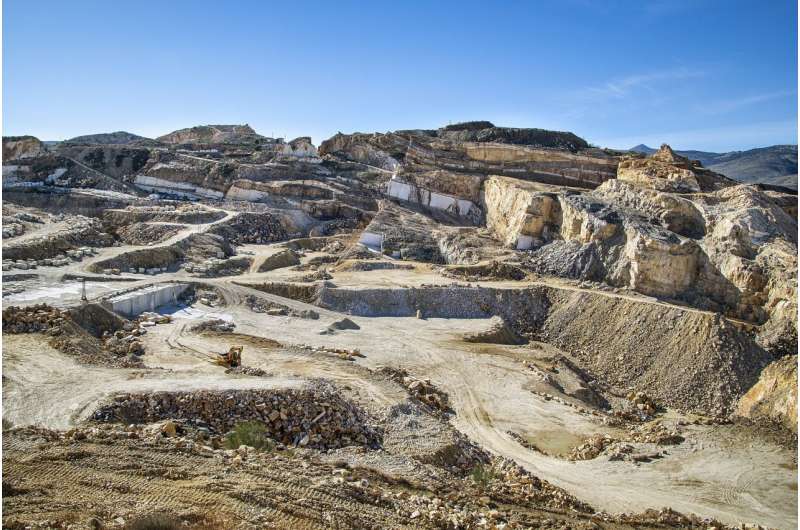In this insightful article, an experienced engineer delves into the complexities of achieving sustainable development in a world with finite resources. Exploring the interplay between the circular economy, mineral extraction, and the impact on Earth’s planetary boundaries, the author proposes innovative models to navigate this delicate balance. With thought-provoking insights and practical solutions, this blog post offers a comprehensive understanding of the challenges and opportunities in the pursuit of true sustainability. Sustainable development, Circular economy, Planetary boundaries

Striking the Balance: Sustainable Mining and Planetary Boundaries
As the world grapples with the challenges of climate change and resource security, the importance of sustainable development has become increasingly paramount. The author, an engineer with expertise in mining and geotechnics, delves into the intricate relationship between resource extraction, environmental sustainability, and the concept of the circular economy.
The author proposes a groundbreaking model, the ‘(un)sustainable machine,’ which highlights the delicate balancing act between the demand for minerals and resources, and the impact on Earth’s planetary boundaries. This model underscores the need for a holistic approach that recognizes the complex interdependencies between economic, environmental, and social considerations in the pursuit of true sustainability.
Recycling’s Limitations: Bridging the Gap in the Circular Economy
One of the key challenges explored in the article is the role of recycling in achieving a sustainable future. While the enthusiasm for the circular economy is palpable, the author presents sobering statistics that challenge the notion of a seamless transition. Even with the most optimistic projections, the author’s analysis suggests that by 2050, secondary supply (recycling) could only meet about 60% of the global demand for metals like aluminum, copper, and nickel.
This discrepancy, known as the ‘(un)sustainable cone of demand and consumption,’ highlights the disconnect between the ideals of a closed-loop system and the current financial framework based on perpetual growth. The author emphasizes that solving this problem requires solutions that go beyond simple technical means, necessitating a unified approach across disciplines and economies.
Transcending Disciplinary Boundaries: A Holistic Approach to Sustainability
The article underscores the need for a collaborative, interdisciplinary approach to addressing the challenges of sustainable development. The author argues that individuals from various backgrounds, including engineers, economists, and social-environmental scientists, must come together to tackle these complex issues.
While engineers may believe that technological solutions can mitigate the anthropogenic impact on Earth’s planetary boundaries, the author cautions that such approaches may ultimately become part of the problem. Conversely, economists and policymakers must recognize the intricate technical and economic aspects of mining engineering that are inextricably linked to the pursuit of sustainability.
The author’s concluding message is clear: true sustainability can only be achieved through a unified effort that transcends disciplinary boundaries and aligns economic, environmental, and social considerations. By fostering this collaborative approach, we can unlock the path to a greener, more resilient future for generations to come.
